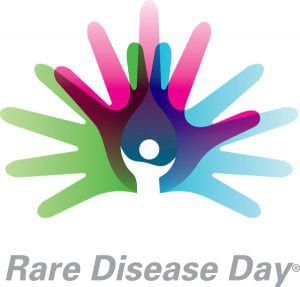Immune thrombocytopenia purpura, or ITP, is a bleeding disorder caused by a lower than normal number of platelets, otherwise known as thrombocytes.
Platelets are made in the bone marrow and when they stick together, blood clots the way it should.
Symptoms
Generally, people with ITP are prone to heavy bruising which is caused by micro-bleeds just below the skin. Another symptom is the appearance of tiny red or purple dots on the skin, which are called “petechiae.” Gum bleeds are common, and so are nose bleeds. In rare cases, brain bleeds–intercranial hemmoraging–can be life-threatening.
Getting Diagnosed
ITP affects women in greater numbers than men, and there is no cure. It’s often misdiagnosed as lupus, so other conditions need to be ruled out to arrive at a correct diagnosis.
For patients over the age of 60, one such condition is myelodysplastic syndrome, which also causes large purple bruises. It, too, must be ruled out.
Acute vs. Chronic
Acute ITP can be caused by a viral infection. It’s temporary and usually lasts for a few months before resolving on its own. The more serious form is chronic ITP, which as the name suggests, is long-lasting. Treatment is tailored to each patient, and in many cases, no treatment is even necessary.
Treatment
Corticosteroids are used as a front-line treatment, and the second line of treatment usually involves IV immunoglobulin, and Rituximab is the third choice.
Some patients may benefit from platelet transfusions.







